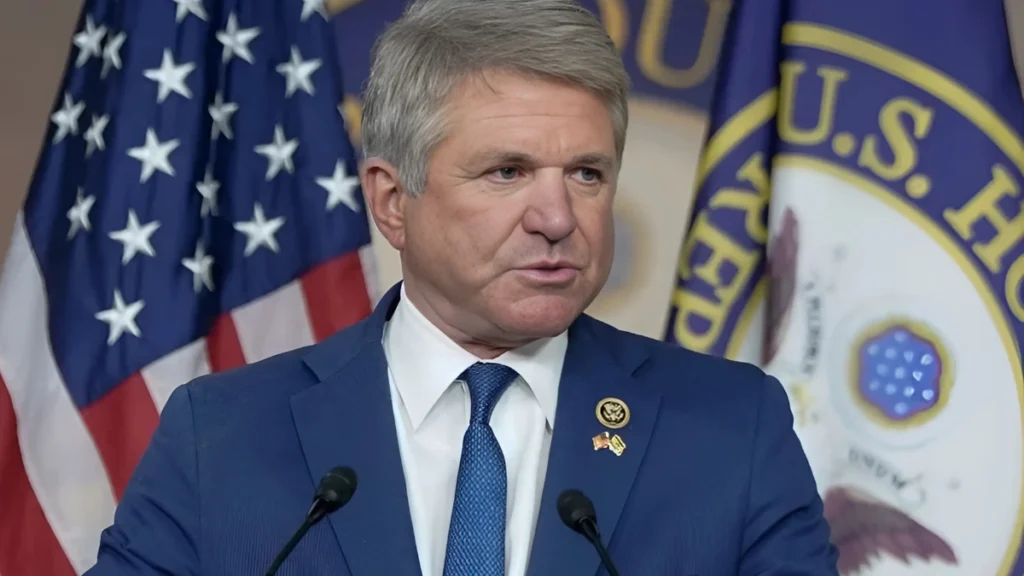The landscape of higher education in the United States is undergoing dramatic change, and Ohio State University stands at the center of it. Ohio State President Carter is navigating a mix of political, financial, and cultural challenges that are reshaping what it means to run one of the nation’s largest universities. From new laws restricting diversity programs to rising tuition costs and the push for artificial intelligence training, Carter is balancing compliance, innovation, and the need to preserve academic freedom.
The Impact of Senate Bill 1
A major shift has come with Ohio’s Advance Ohio Higher Education Act (Senate Bill 1), passed in 2025. The law bans faculty strikes, scales back Diversity, Equity and Inclusion (DEI) offices, and requires universities to remain neutral on controversial issues. It also mandates new civics courses and intellectual diversity initiatives. For OSU, that has meant restructuring long-standing offices like Diversity and Inclusion, and renaming the Office of Institutional Equity to Civil Rights Compliance. Carter has said that while the university will comply, he remains committed to maintaining academic values even under these new constraints.
AI and Curriculum Transformation
One of Carter’s most ambitious goals is to ensure that every student at Ohio State graduates fluent in artificial intelligence tools. Under the university’s “AI Fluency” plan, the Class of 2029 will be trained to use generative AI across disciplines, preparing graduates for a world where AI shapes industries and everyday work. Combined with new civics requirements, students entering OSU in the next few years will face a curriculum very different from the one their predecessors experienced.
Rising Costs and Affordability Concerns
Like many universities, OSU has raised tuition, with costs going up by nearly $400 for the 2025–26 academic year. Carter acknowledges the financial strain on students but argues that scholarship support and financial aid remain central to keeping OSU affordable compared to peer institutions. Still, affordability and student debt continue to be flashpoints in debates about the value of higher education.
Faculty, Students, and Public Trust
Faculty are adjusting to stricter rules on what counts as “controversial content” in the classroom, while students are seeing beloved offices and programs scaled back or eliminated. Beyond campus, public trust in higher education has plummeted nationally — falling from around 60% in 2015 to just 32% in 2023. Carter has highlighted this trust gap, arguing that universities must adapt to regain credibility with the public while still providing transformative education.
Conclusion: Ohio State’s President Ted Carter is steering the university through a storm of political reform, cultural debate, and technological transformation. By restructuring offices, adopting AI training, and navigating the restrictions of Senate Bill 1, he is attempting to position OSU for the future while protecting its academic mission. Whether these changes rebuild trust or deepen divides will be a test not only for Carter’s leadership but for higher education across the nation.
Disclaimer: This article is based on publicly available information as of 2025. Policy details and university responses may evolve, and readers should follow official Ohio State updates for the latest developments.
Read More:
- Social Security in Crisis: 46 US States Report Delays, Retirees Fear Payment Disruptions
- Trump Promises Tough Action After Brutal Beheading of Indian Motel Manager in Dallas
- US Visa Waiver Program 2025: Updated List of 42 Eligible Countries, Latest Changes You Must Know
- George Mason University Title VI Violation: What It Means for Free Speech and DEI Policies on Campus
- How Trump Administration Policies Are Reshaping the Future of U.S. Higher Education





